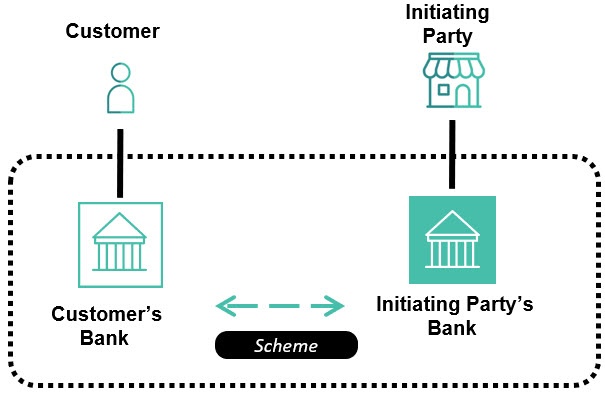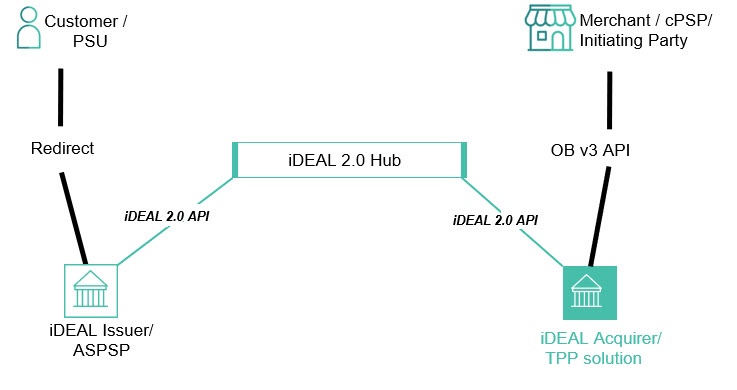Issuing solutions
In today's fast-paced digital world, financial institutions are constantly looking for innovative ways to enhance their customers' experience and add value. One such way is to leverage APIs that enable seamless integration between different systems and applications. In this context, discover how our APIs can help you create value for your cardholders and provide them with a more comprehensive and personalized service.
Discover how you can utilize our APIs to generate benefits for your cardholders :




